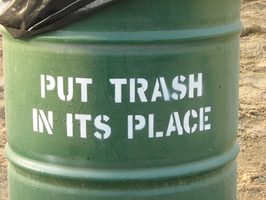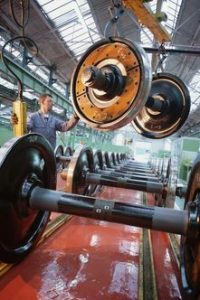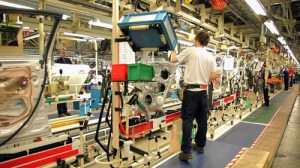An experienced manager in the corrugated industry, Gerald Mayfield recently served as the regional production manager for Norampac. Due to his extensive experience in the field, Gerald Mayfield is extremely knowledgeable about a range of topics, such as personnel management, productivity matters, and waste reduction for manufacturing companies.
Manufacturing facilities produce a large amount of waste, which can be a drain not only on a company’s finances, but also on the environment. Fortunately, there are plenty of ways manufacturers can reduce their waste. Perhaps the most straightforward way of doing this is simply altering production processes so that less waste is produced. This reduces overall costs and can even streamline overall production.
If there is nowhere to limit waste creation, then manufacturers should focus on recycling. By determining which areas create the largest amount of recyclable materials, facilities can look for ways to reuse what they can and recycle what they cannot instead of throwing the waste away. Reusing certain materials keeps companies from having to buy new supplies. Meanwhile, buying recycled items is often cheaper and more economical.
Beyond overall changes, manufacturing facilities can make specific changes to their equipment and shipping behaviors. Instead of buying new equipment, companies can buy remanufactured items. Rechargeable batteries and printer cartridges help limit waste reduction, as does buying in bulk and requesting that purchased items are not over-packaged. Cloth towels instead of paper for employees limits personnel waste, as does switching to durable cups and tableware over the disposable varieties.






